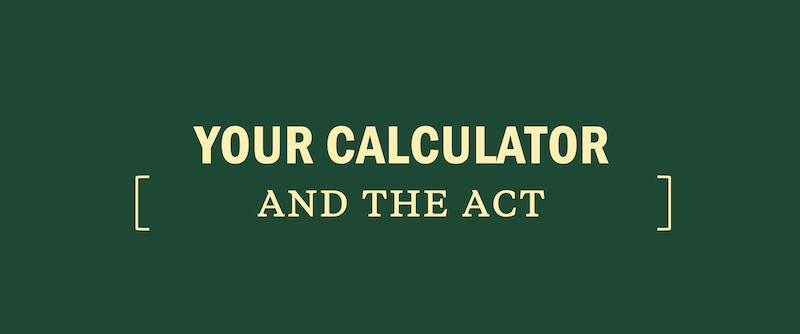10 Must-Know ACT Reading Tips
The ACT Reading section is thirty-five minutes, four ~750-word passages with ten questions each. Scared? Don’t be. Like any section on the ACT, it may seem daunting. But in reality ACT reading is conquerable. You are capable of getting through each question. You just have to be methodical, quick, and resourceful.
There are many ways to prepare for the Reading test, but the best way is to read. Read as much and as widely as you can and try to understand what you are reading. Pick up an article on biology or physics, and try to explain the authors’ findings to a friend. The more eclectic a reader you are, the better you will do on this section.
[ GOOD TO KNOW: Top 10 Tips for ACT English • Top 10 Tips for ACT Math • Top 10 Tips for ACT Science ]
ACT Reading Tips and Strategies
[ READ NEXT: ACT Reading: Development of Ideas ]



